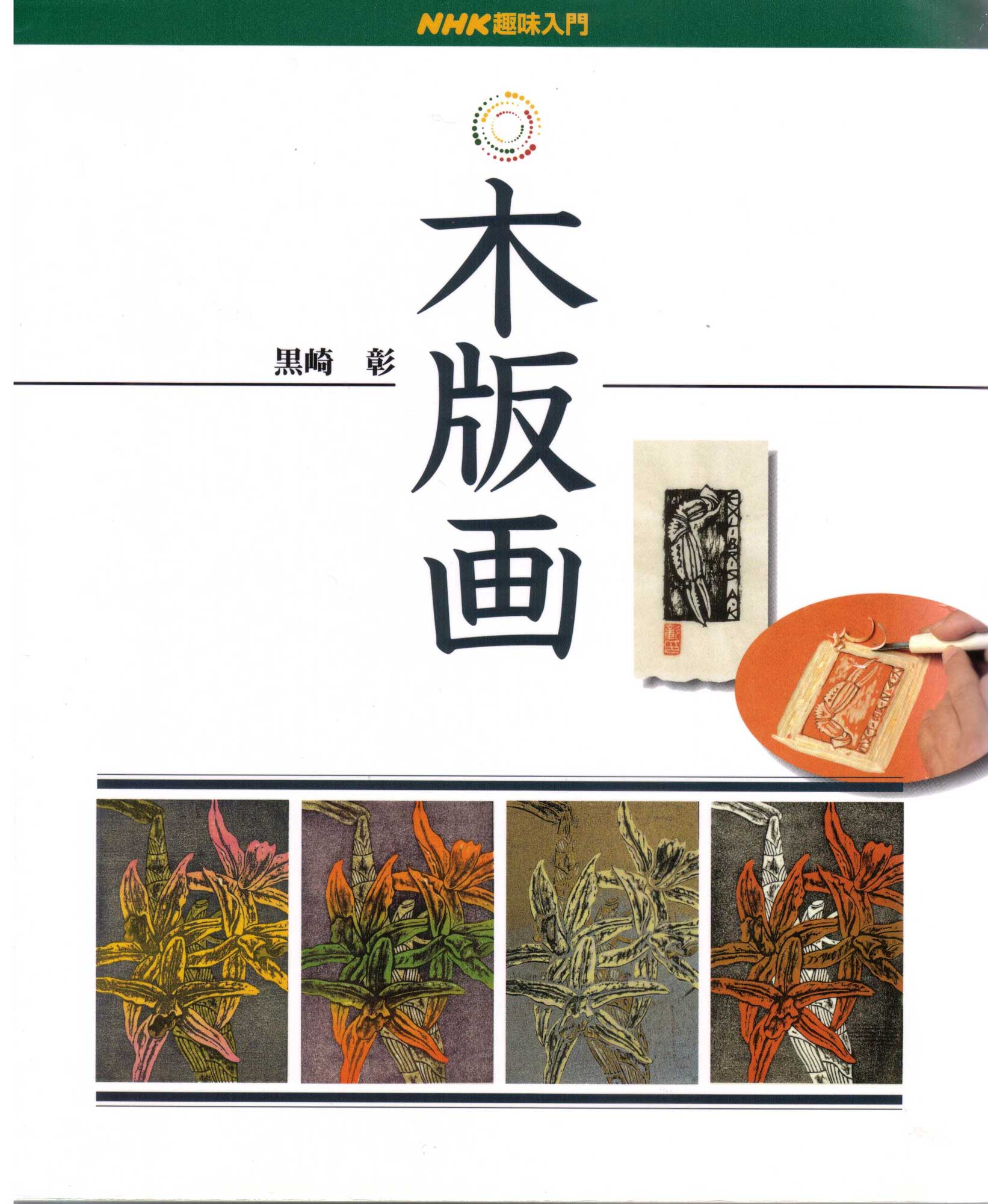
After that, it reached the realm of completion by the establishment of sophisticated representation techniques such as Utamaro, Hokusai and Hiroshige. Notable among its members were Kshir Onchi, Unichi Hiratsuka and Shik Munakata.

Nishikie was settled with more than enough color wood-block prints on the technical aspects in the highest quality. In 1918 the Nippon Ssaku Hanga Kykai (Japan Printmaking Artists Association) was founded, a group of artists who synthesized traditional Japanese painting with the new Western aesthetic. Techniques for woodblock prints were developed and refined during the Edo period (1603-1868), and Edo Woodblock Prints called Edo Mokuhanga in Japanese, contributed to spreading beautiful printed art forms such as ukiyoe (a genre of Japanese art). What is special about printmaking The smell of the ink That energized moment when you lift. The color print form with two, three and more color schemes were developed in Meiwa 2nd year. Suddenly Shy, Moku Hanga woodcut (gouache on Magnani Pescia).
Moku hanga ink how to#
By the end of the time of Kanpō, how to color in red and green, two-colors, had been developed. It was from the time when Hishikawa Moronobu produced Ukiyoe from the Edo Period that it has generally begun to spread, and a division system of Eshi who writes a sketch at this time, Horishi who carves this on a woodcut and Surishi who rubs on paper established it.Ī print in those days was the easy one from Sumi Ishoku, but hand printed vermillion-hued method was developed after that, and a beautiful hand colored lithograph led to complicated coloring gradually, and was put on sale in the market from the Kyoho time.


The history of woodcut prints is a long one, with some used to represent clothing patterns stored in Shosoin temple in the old days.


 0 kommentar(er)
0 kommentar(er)
